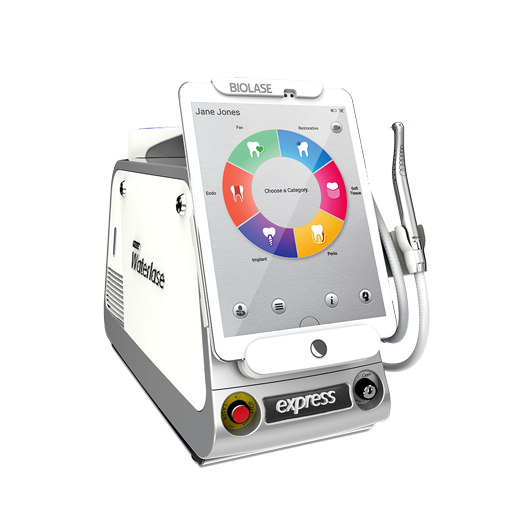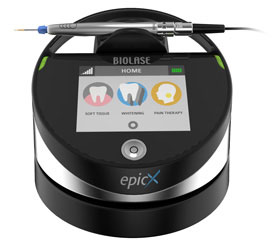Your belly is filled with good food, but your teeth shouldn’t be. Give your teeth the optimal cleaning they deserve. Flossing keeps the areas between the teeth clean which helps reduce the risk of cavities. It also disrupts gooey plaque formation between the teeth and reduces the risk of gum disease. Floss for better oral health.
Flossing vs. Rinsing
Greet your holiday guests with fresh breath but leave the tough stuff to the floss. Rinsing doesn’t replace flossing. An antimicrobial mouthwash can kill the bacteria that form plaque, but it can’t remove the stubborn bits of food like floss can. Floss first, rinse after.
Flossing and Healthy Gums
Healthy gums are pink (not red) and the surface should look dimpled like a grapefruit peel (not shiny and puffy). Red, bleeding, and swollen gums are an indication of gum disease. If your gums bleed during brushing or flossing, visit your dentist as soon as possible.
Floss for Overall Health
Tooth and gum disease can have effects that extend beyond discolored teeth, discomfort or foul breath. Research has shown that the bacteria that flourish in an unhealthy mouth can harm the rest of the body. Flossing only takes a few minutes every day, and the cost is minimal. It’s a simple step that can have huge implications for long-term health.
How to Floss
Flossing twice a day is optimal and a cinch once you get the hang of it. First, form a “C-shape” with the floss to hug the tooth and remember to clean teeth on both sides. Wrap the floss around your index fingers and leave one-to one-and-a-half inches available to use between your teeth. Next, use a gentle see-saw motion to get the floss through the area where the teeth touch. Make sure the floss doesn’t snap down into your gums.
Discover Floss
There are many types of dental flosses available including waxed, unwaxed, woven, and tape. Ask your dentist which one is right for you.



